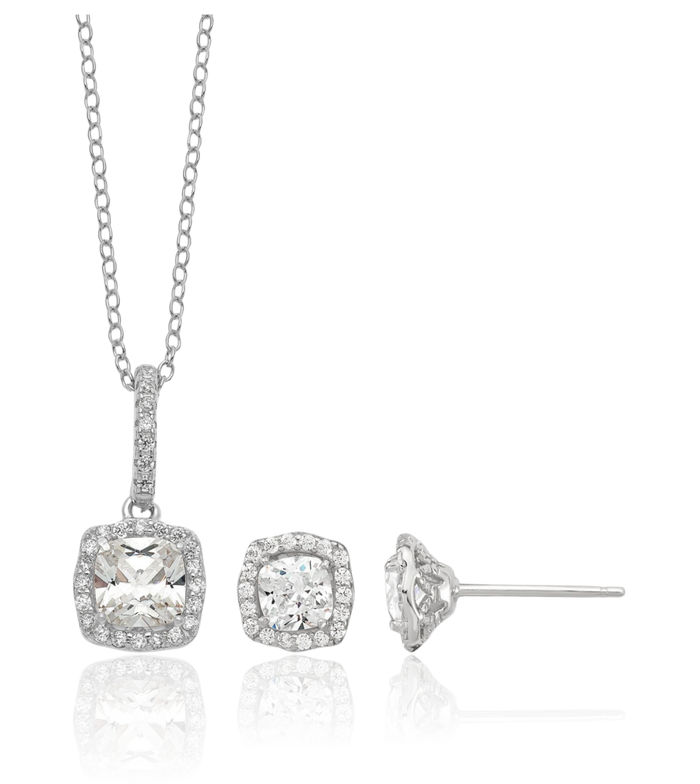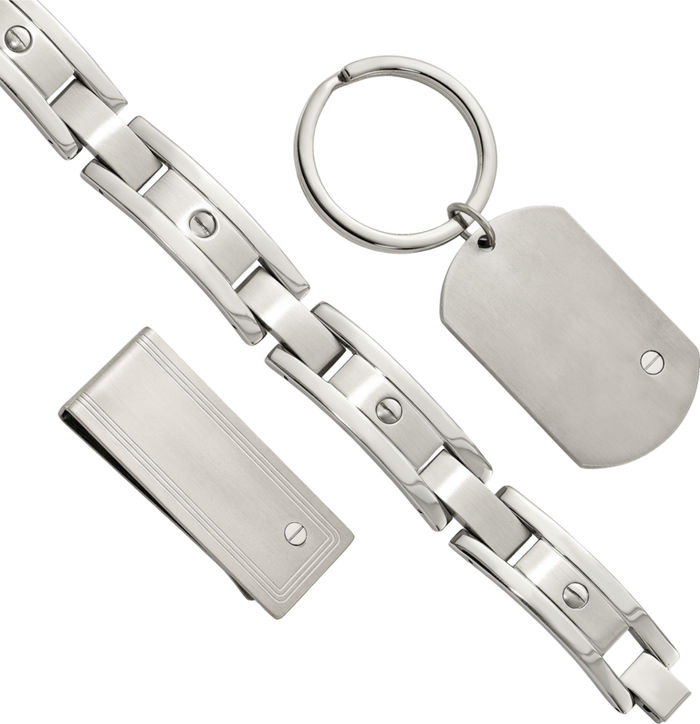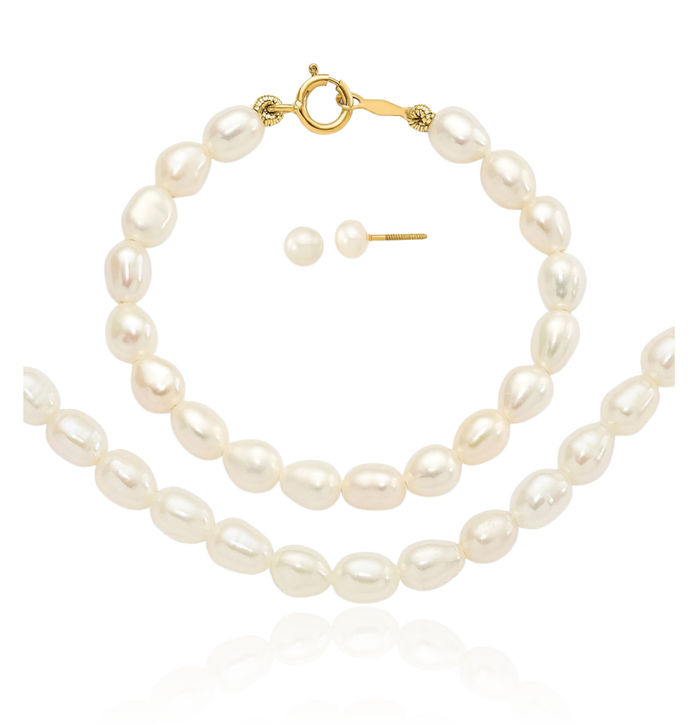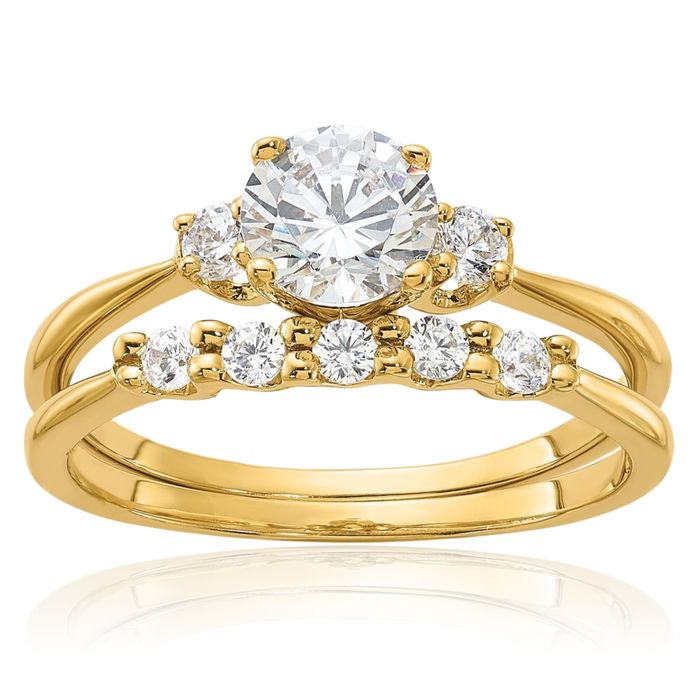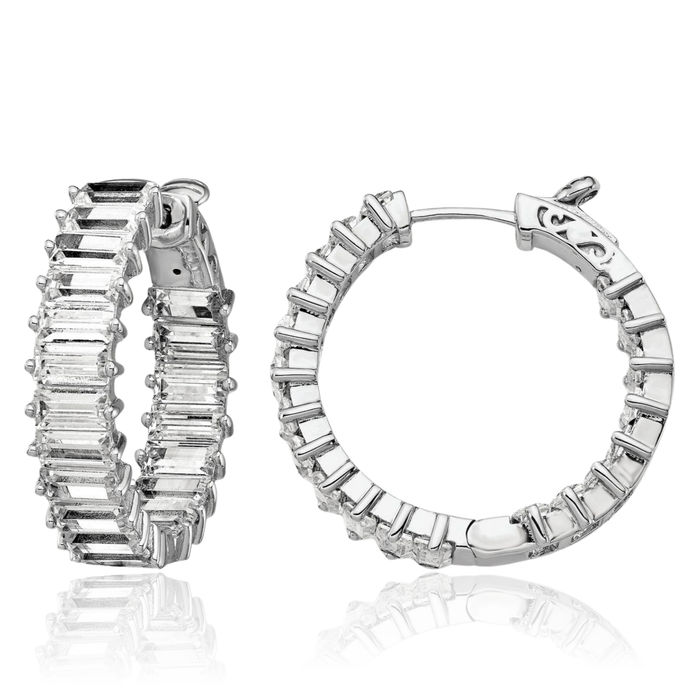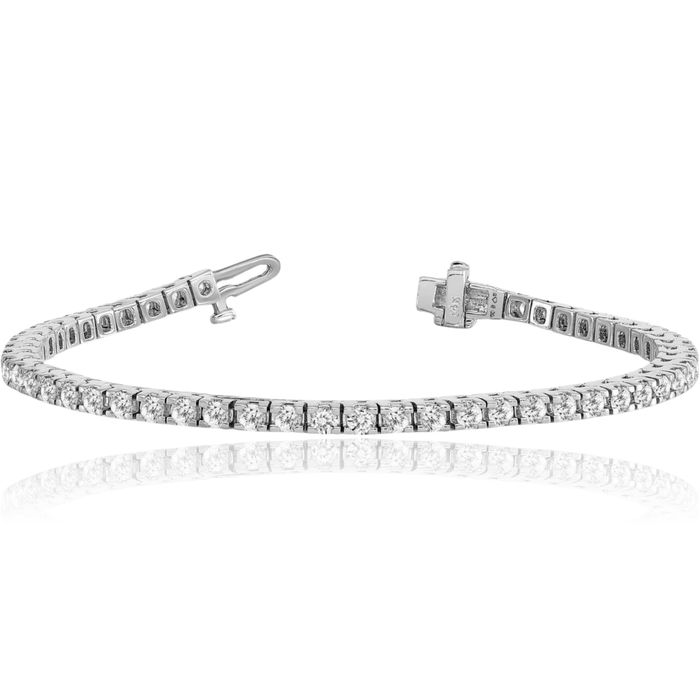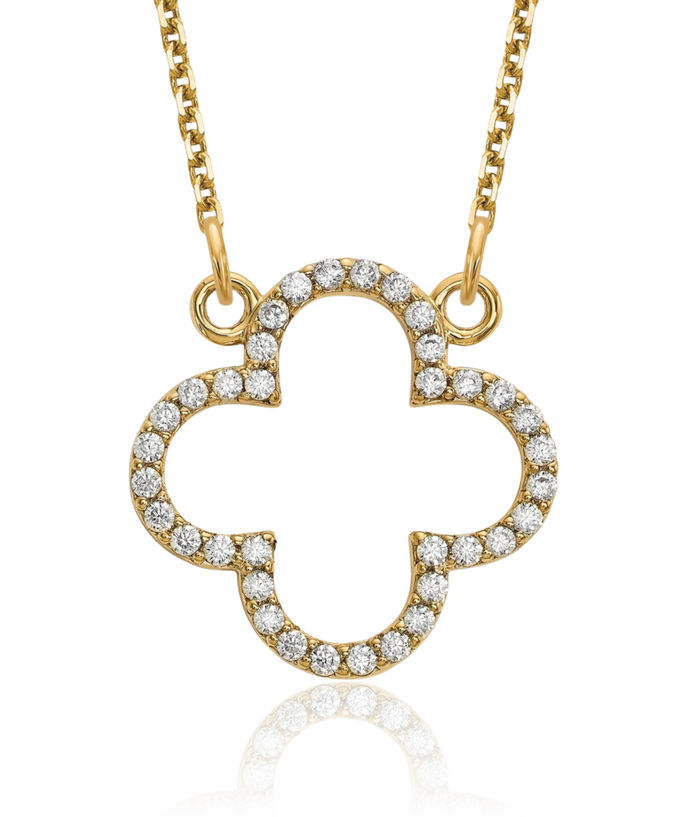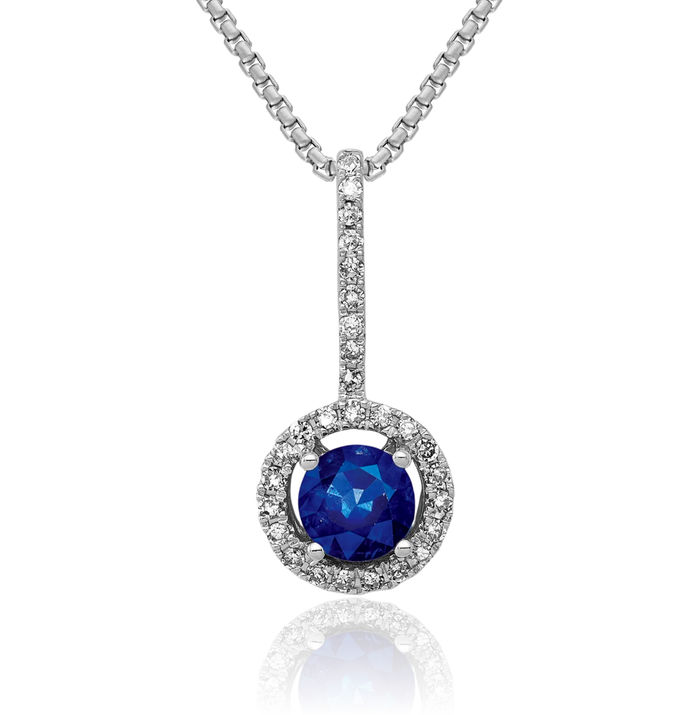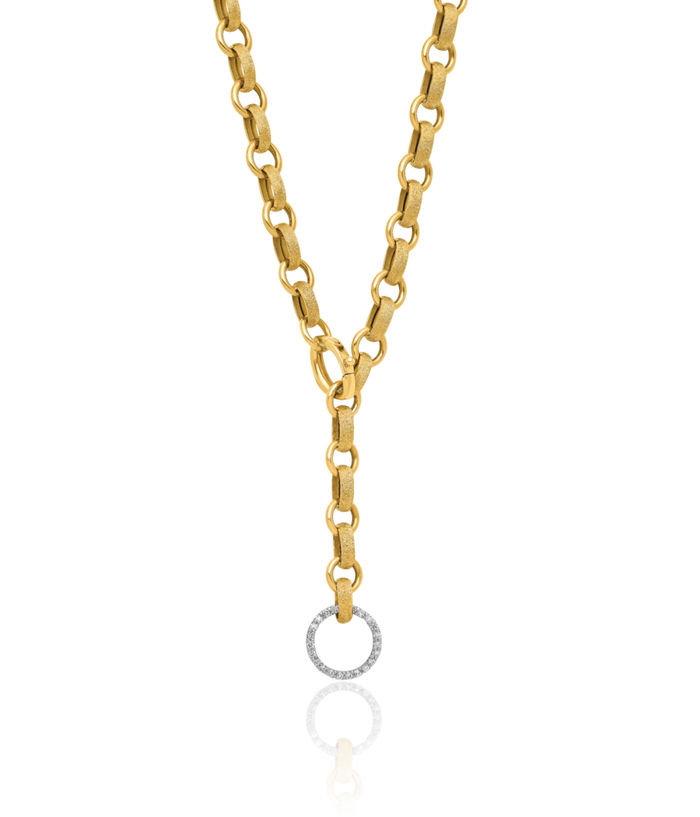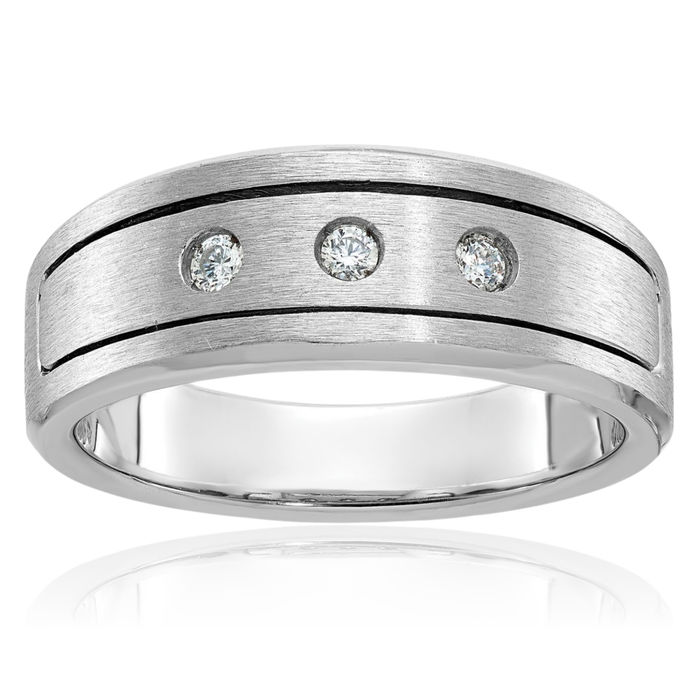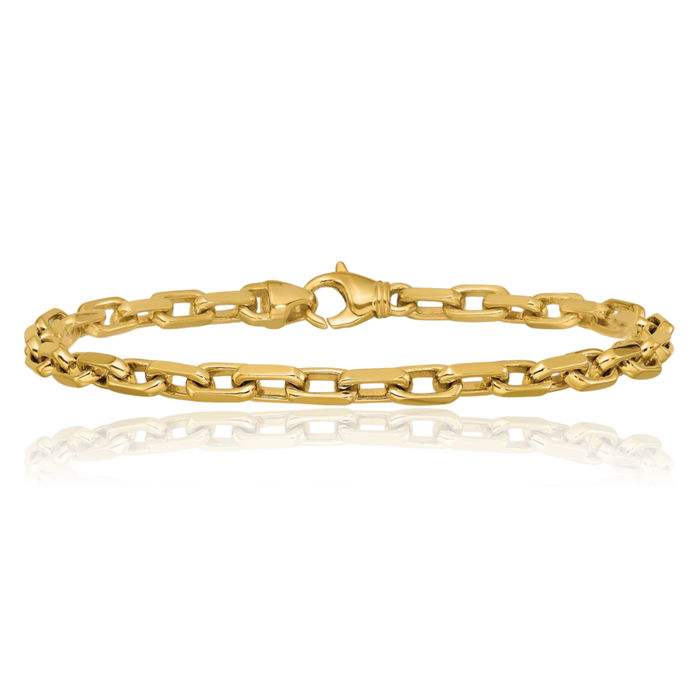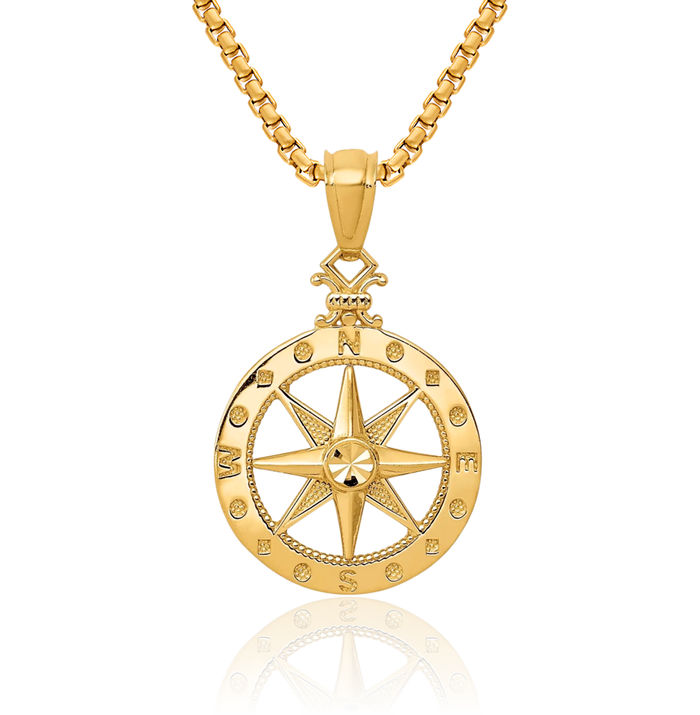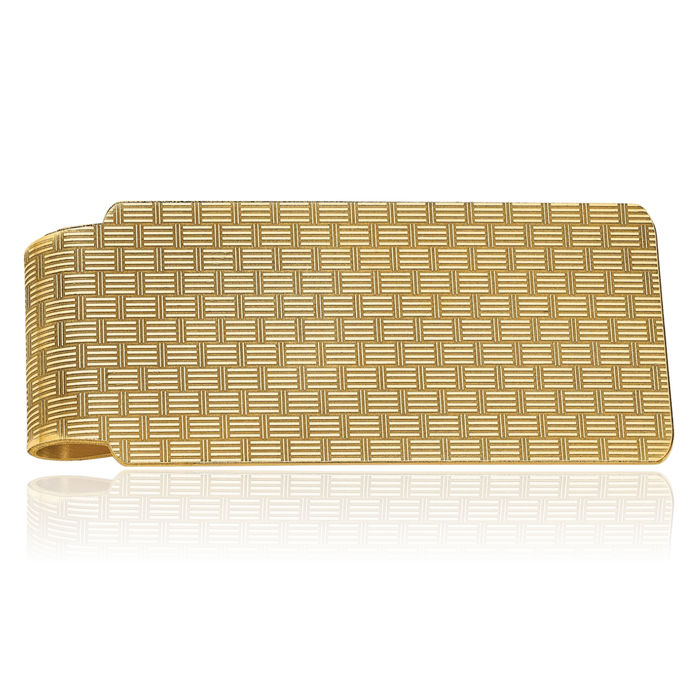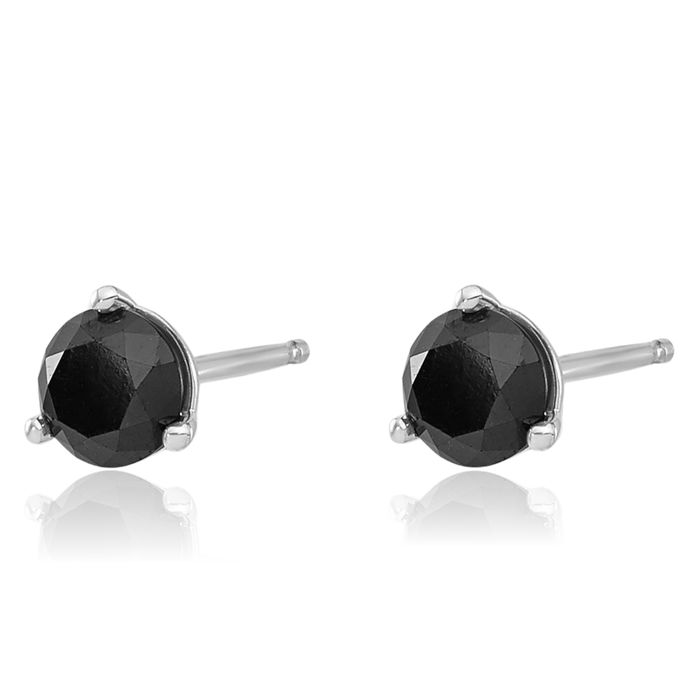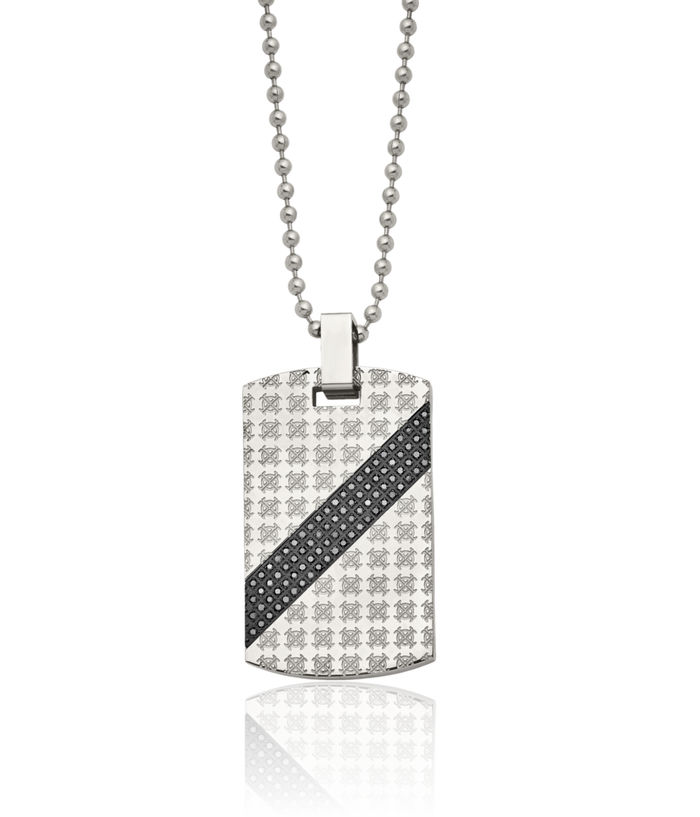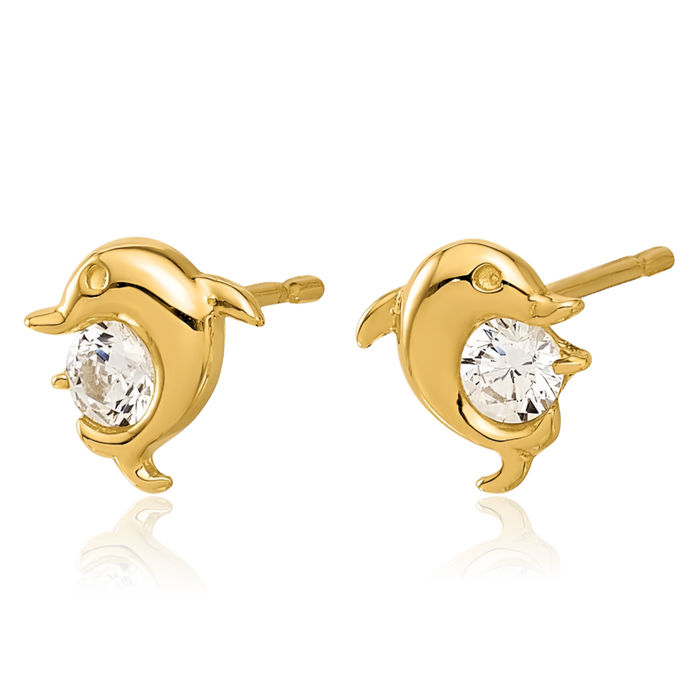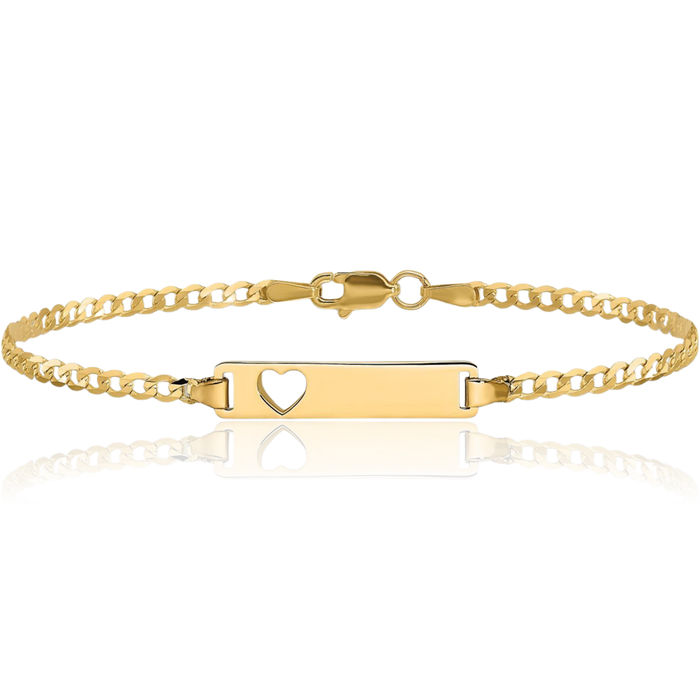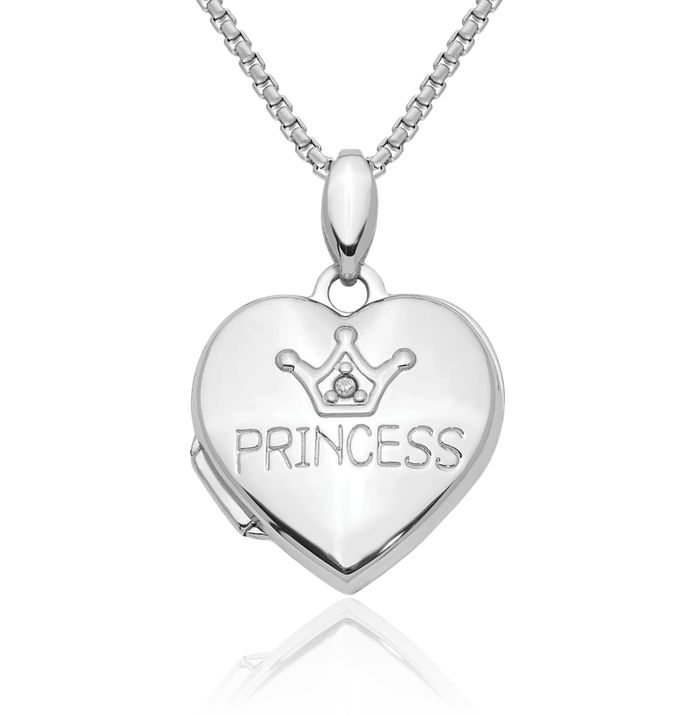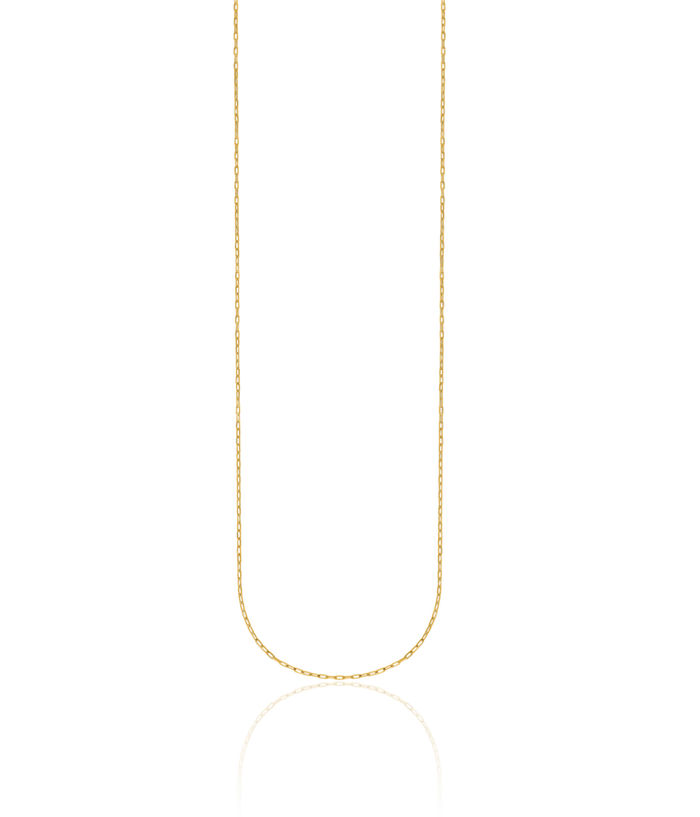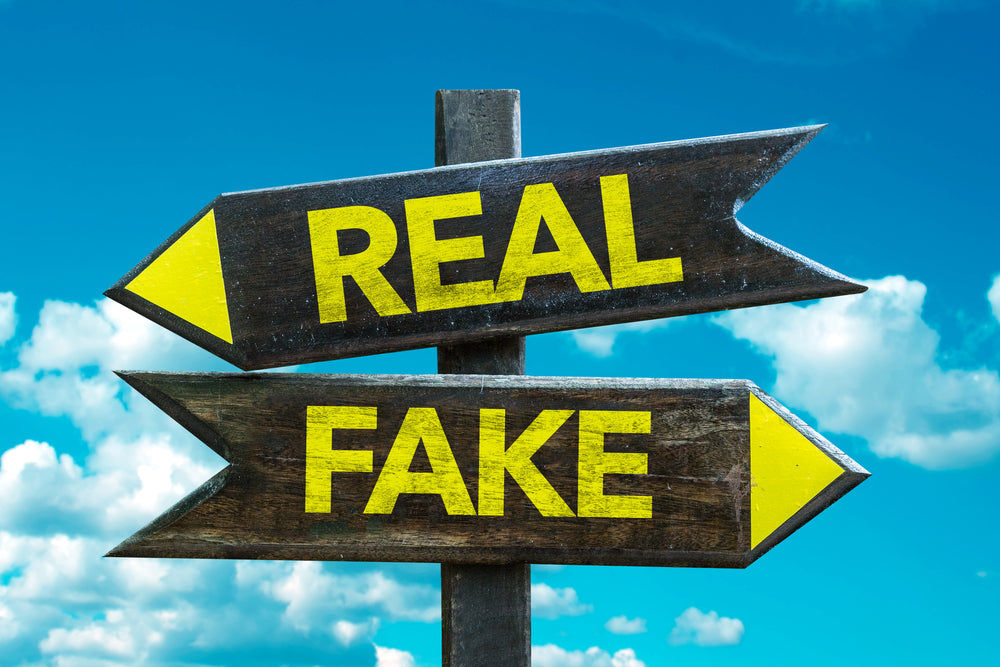
How to Tell if a Diamond is Real: Authenticity Tests & Tips | Canada
Here are expert ways to identify the authenticity of your diamond with DIY tests and professional help. Keep sparkling!
One of the most common questions of people buying diamonds is whether the diamond is natural. Among too many synthetic and lab-created diamond copycats wherever, it's sometimes hard to identify a natural diamond from a fake one. However, there are expert ways to know if the diamond is genuine. You don't need to worry anymore. There are do-it-yourself tips and tricks and specialist help that will help you pick out the authentic diamond from the midst of the fake ones. Shine on with these ideas!
TEST FOR MOUNTED DIAMONDS
If you are eager to tell whether the stone mounted on your golden ring is authentic, you can do several do-it-yourself tests. Listed below are some techniques:
Fog TestTrying the fog test is one of the most important ways to help you know if you're holding a natural rock or a fake diamond. Hold the mounted diamond near you, and blow a wisp of air like you would on a mirror. How do you tell if the diamond is natural? By just based on the fog alone, you can understand. If the mist evaporates immediately, you are holding a natural stone. The chemical build-up of an authentic diamond doesn't allow the fog to stay long enough on the diamond. Even though some diamonds can make a mist stay, it wouldn't be as long as the fog's time on a fake stone. Try breathing on two natural and synthetic stones for a more conclusive result. You will observe that the more moisture you leave on the artificial rock, the more haze it accumulates. However, authentic stones remain clear and clean as before.
Jeweler's Loupe
One of the ways how to tell if the diamond is natural is by using a loupe. A loupe is a device you can get from a jewelry store or borrow from a jeweler. It is a specialized magnifying glass used to have a closer, in-depth, and intricate look at your gem and its setting. So, what's the use of the loupe? You will first look for its imperfections to see if the rock is authentic. Diamonds from nature would usually bear defects, little scratches, and indentations.
On the other hand, a fake diamond would bear none of these things to the point that it looks almost perfect. When verifying a gem, look for slight color changes, small particles, and little inclusions. When you find these, that's the sign that you are dealing with a natural diamond.
One total giveaway that you hold a natural diamond in your hands is the setting it has. A raw diamond will not be set on a very cheap type of metal. One way to tell the location your diamond has is to check for the stamps that indicate the kind of metal used. Some of the symbols include 10k gold, platinum, or double platinum. If you see the mark saying CZ, know it's an indicator that the diamond sitting on the band is not authentic. CZ means "Cubic Zirconia," a simplified copycat of the diamond stone.
Shop Diamond Infinity Ring TEST FOR UNMOUNTED DIAMONDS
When diamonds are still unmounted-- meaning they are not yet placed in a setting -- you can use many different tests. Here are some of the things that you can do to determine its authenticity:
Refractivity TestFirst, you can test the diamond's originality using the refractive test. BTestse to the natural cuts inside the diamond, this stone's tendency to bend or refract the light that strikes them is high. This is the reason why diamonds have such stunning sparkle and brilliance. However, fake diamond-like gems don't sparkle much because of their low refractive index. Even if a master jeweler cuts an artificial stone in a way that resembles a diamond, he won't be able to achieve it because the way a stone refracts light does not only base on the cut. The stone's refractive capability will help you tell whether or not it's real. You can also do the newspaper test. Get a piece of paper with printed words. Place the stone above the letters. If you can still read the terms, the stone is not authentic. The intense refractive quality of a genuine diamond will not make this possible.
Reflection TestAside from the stone's refractive qualities, another essential factor to consider is the stone's reflection. When discussing the real thing, the reflection properties often feature shades of gray. On the other hand, if you see that the stone's review has a hint of the rainbow shine to it, it is either you have a fake or a cheap, low-quality diamond. Checking for sparkles is part of the reflection test. The flash or brilliance of a natural diamond can be seen in intensity. This varies on how the stone reflects the light. Do not be confused with reflection and refraction, though. What you are looking for here is the intensity of reflected light. One of the most popular diamond duplicates is moissanite. This stone seems too similar to the diamond that even jewelers have difficulty telling apart. The best way to check it is by using a pin light. If the reflected light has a rainbow feature, that's moissanite.
Heat TestA popular way of testing a diamond is through the heat test. Because the diamond ranks ten on the Mohs' hardness scale, it is less susceptible to elements than the other stones and gems. Put a diamond-like stone to the test, testing it on a lighter for 30 seconds. After heating it, drop the stone in a glass of ice-cold water. The heat from the lighter contrasted by the water's sudden coldness is too much to take for a fake stone. If you examine it correctly, you will see that the simulated diamond will have a crack inside, and a natural diamond will not have an issue like that.
Drop testDiTestds are naturally dense, so they always sink whenever dropped on water. If you want to examine your stone's authenticity, get a glass of water, and drop it. If it falls up to the bottom, it is a natural diamond, and the stone is fake if it only tends to float along the surface.
Shop Diamond Cross Earrings PROFESSIONAL TESTING OF DIAMONDS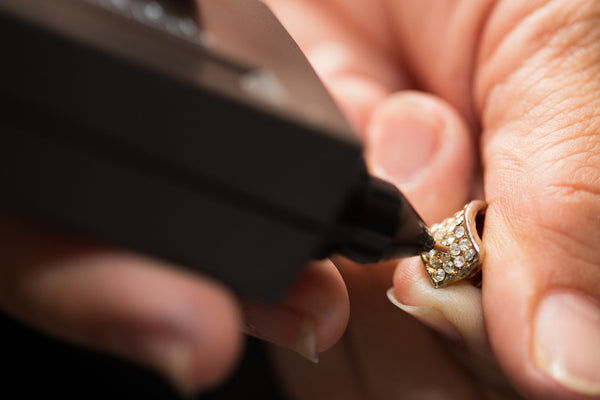
Although you can have do-it-yourself tests of your rocks, a different kind of trust still comes when a professional assess your diamond. Here are some of the ways you can have your diamond professionally tested.
Heat probe testOne of the tests done professionally for free, the heat probe test, is viral. It tests the duration that a diamond can hold a hot temperature. One of this stone's unique features is its tightly-packed crystalline structure. Even though heat can be applied to the rock, it can disperse heat quickly. This is usually done for 30 seconds and has no adverse effect on the stone.
Moissanite TestingBeing one of the greatest copycats of diamonds, you can specifically request a comparison testing between diamond and moissanite. Jewelers have special devices that can quickly tell the two apart. The same tools can also predict whether or not you have a stimulant, not a natural diamond. The test does call combination testing. This testing is essential because a heat probe test cannot usually tell if it's moissanite or a diamond.
Microscopic ExaminationWhen all else fails, refer to a microscopic exam to make sure. This is like a higher version of a loupe test. The jeweler will do this by placing the stone under a microscope with a magnification rate of 1200. He will then rock the stone back and forth. If a hint of color is seen when tilted, it is either a fake stone or a synthetic gem used to fill the diamond's imperfection.
High Sensitivity WeighingAlthough a diamond can be very durable, it is light compared to its fake counterparts. Cubic zirconia can weigh almost 55% more than a natural diamond. The high sensitivity weighing test is tested to compare the two. The only catch is that you need a natural diamond with the same specs as the suspect stone for comparison. This won't be easy to do if you don't have one.
Shop Diamond Earring Jackets
Testing the authenticity of the diamond in your hands is always worth it. Diamonds are meant to last forever; you have to ensure you have something tangible. With these DIY tips and techniques, and with the help of a professional jeweler, you can pinpoint whether or not you got the real thing. To ensure you get the best diamond quality, shop IceCarats.com's collection.
